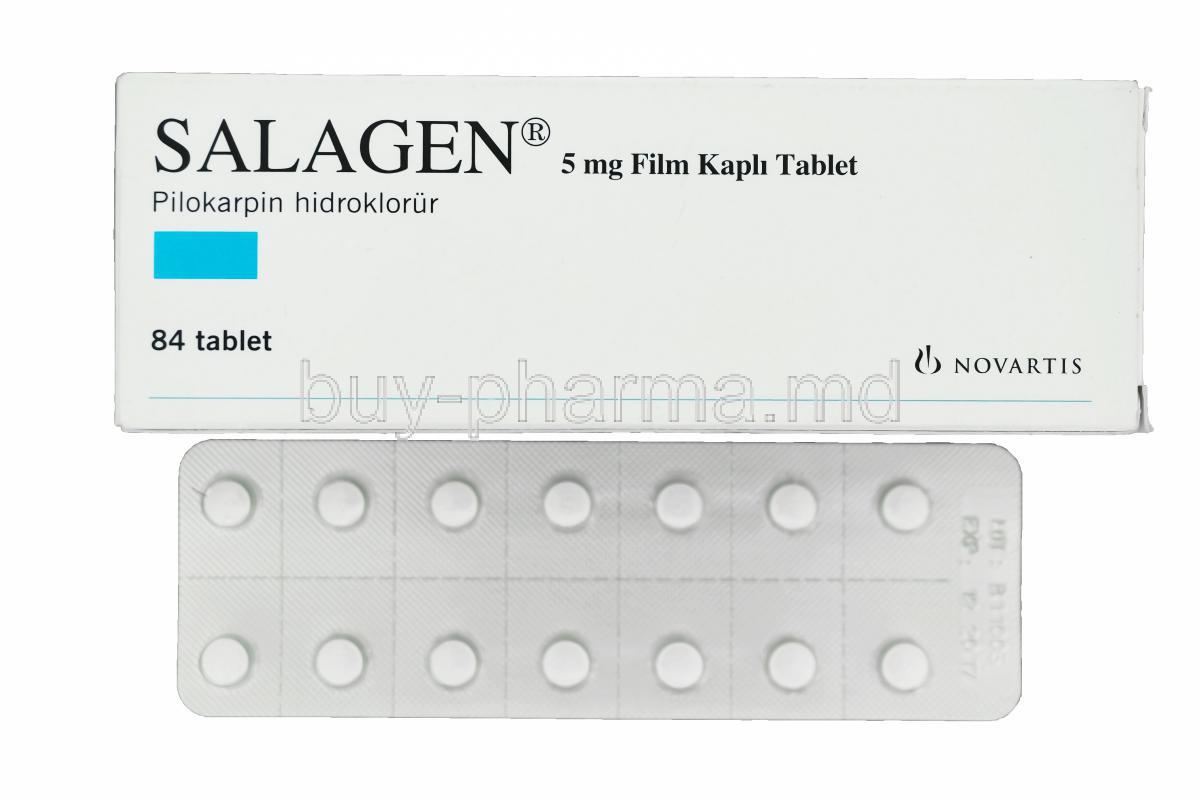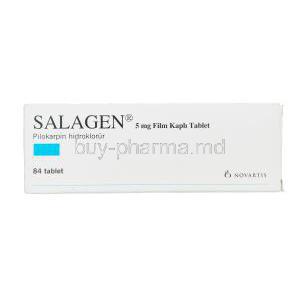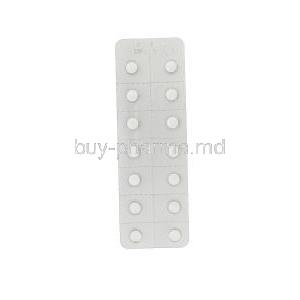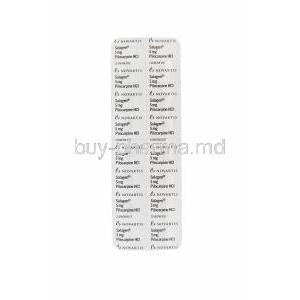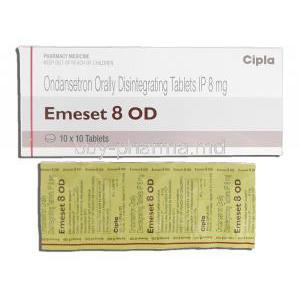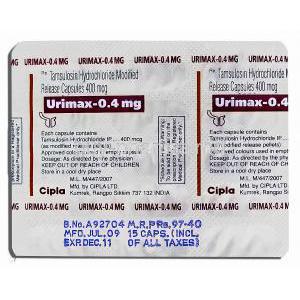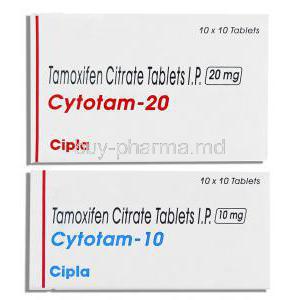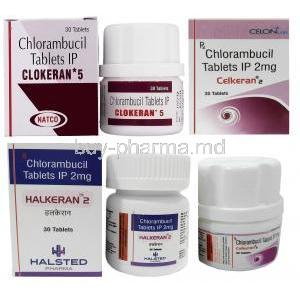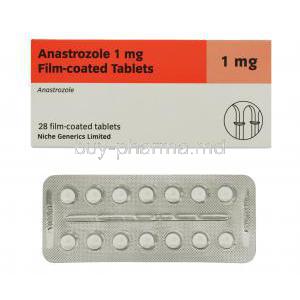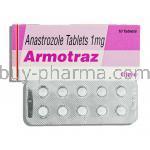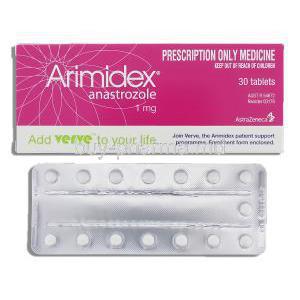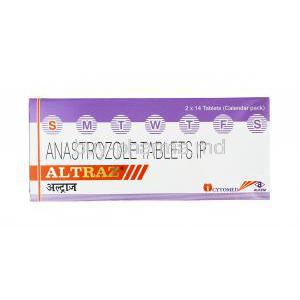1. Introduction to Salagen (Pilocarpine)
Salagen is a pharmacologic agent classified as a cholinergic agonist, specifically a parasympathomimetic alkaloid. Its active ingredient, pilocarpine hydrochloride, exerts direct muscarinic receptor stimulation, mimicking the effects of acetylcholine in the peripheral nervous system.
Approved by the U.S. Food and Drug Administration (FDA), Salagen is available internationally under various brand and generic formulations. It was initially introduced to address conditions involving diminished salivary flow, offering targeted relief in conditions where exocrine gland dysfunction is present.
Salagen’s primary therapeutic roles include the management of radiation-induced xerostomia and Sjögren’s syndrome, both of which significantly impair oral and systemic health when left untreated.
2. Composition and Available Formulations
Salagen’s principal active ingredient is pilocarpine hydrochloride, a synthetic analog of a naturally occurring alkaloid derived from the leaves of the Pilocarpus genus.
- Available strength: 5 mg oral tablets
- Inactive components may include cellulose, magnesium stearate, starch, and other tablet-forming excipients
- Brand names include Salagen® in the United States and other equivalent generics globally
Formulations are designed for oral administration, with bioavailability optimized for rapid mucosal absorption and systemic circulation.
3. Mechanism of Action: How Pilocarpine Works in the Body
Pilocarpine activates muscarinic receptors located in exocrine glands, most notably in salivary and sweat glands. This stimulation enhances secretory activity, particularly in cases where glandular function is otherwise impaired.
As a parasympathomimetic, pilocarpine mimics acetylcholine to trigger:
- Increased salivation (sialagogue effect)
- Enhanced lacrimation and sweat production
- Potential smooth muscle stimulation in ocular and gastrointestinal systems
The onset of action typically begins within 20–30 minutes after oral intake, with peak effects observed around 1 hour post-administration. The duration of action is generally 3–5 hours, depending on the individual's metabolic profile.
4. Approved Medical Uses of Salagen (Pilocarpine)
4.1 Treatment of Xerostomia (Dry Mouth)
Salagen is widely used to alleviate xerostomia in patients who have undergone radiation therapy for head and neck cancers. Radiation often damages salivary glands, drastically reducing saliva production and causing difficulty in speaking, chewing, and swallowing.
By stimulating residual functional gland tissue, pilocarpine enhances saliva secretion, improving oral comfort and mucosal health. Clinical trials have shown significant improvements in moisture levels, patient-reported outcomes, and overall quality of life.
4.2 Management of Sjögren's Syndrome
In Sjögren’s syndrome, an autoimmune condition that targets exocrine glands, Salagen plays a pivotal role in restoring salivary output. It is one of the few agents approved for symptom control in this population.
Pilocarpine is typically used in conjunction with other immunomodulators or supportive therapies to provide comprehensive management of dry mouth and dry eyes associated with this systemic disease.
5. Off-Label and Investigational Uses of Pilocarpine
While Salagen’s approved uses are well-established, ongoing research and clinical practice have expanded its applications:
- Dry eye syndrome: Although primarily targeting salivary glands, systemic pilocarpine may increase tear production in select patients.
- Post-anesthesia recovery: Stimulates salivation to counteract anticholinergic effects of anesthesia.
- Cystic fibrosis-related salivary dysfunction: Investigational studies explore its role in enhancing mucus clearance and glandular hydration.
- Neurological autonomic dysfunction: Used under specialist guidance to manage dysautonomia-associated glandular deficits.
6. Dosage and Administration Guidelines
6.1 Standard Adult Dosage
For radiation-induced xerostomia and Sjögren’s syndrome, the typical dosage is 5 mg taken orally three to four times daily. Maximum dosage should not exceed 10 mg per dose or 30 mg per day unless directed by a healthcare provider.
Therapeutic effects may require continued administration over several weeks for optimal results. Clinical response should be periodically evaluated for efficacy and tolerability.
6.2 Administration Instructions
- Take with or shortly after meals to minimize gastrointestinal discomfort.
- Maintain consistent dosing intervals to preserve therapeutic salivary stimulation.
- If a dose is missed, take it as soon as remembered unless it is close to the next scheduled dose. Do not double the dose.
Patients should be counseled to stay well-hydrated and avoid alcohol, which may counteract the drug’s effects.
7. Side Effects and Safety Profile
7.1 Common Side Effects of Salagen
As a cholinergic agonist, pilocarpine often causes systemic parasympathetic stimulation. The most commonly reported side effects include:
- Profuse sweating (diaphoresis)
- Increased urinary frequency
- Facial flushing and mild chills
- Nausea, abdominal cramps, and diarrhea
- Transient visual disturbances, especially in low-light settings
These reactions are generally dose-dependent and may subside with continued use or dose adjustment.
7.2 Less Common but Notable Adverse Reactions
Though less frequent, more serious side effects require prompt medical evaluation:
- Cardiovascular: Bradycardia, hypotension, and arrhythmias
- Respiratory: Bronchospasm, especially in individuals with pre-existing asthma or COPD
- Central nervous system: Dizziness, tremors, fatigue, and confusion in elderly patients
These events may necessitate dose reduction or discontinuation under clinical supervision.
8. Contraindications and When Salagen Should Not Be Used
Salagen (pilocarpine hydrochloride) is contraindicated in individuals with known hypersensitivity to pilocarpine or any other cholinergic agonists. Allergic reactions may range from mild dermatologic responses to severe anaphylaxis, necessitating immediate medical discontinuation.
Additionally, Salagen should not be administered in clinical conditions where parasympathetic stimulation may provoke exacerbation or acute deterioration. These include:
- Uncontrolled asthma: Pilocarpine-induced bronchoconstriction can worsen respiratory status.
- Iritis or uveitis: Cholinergic effects may aggravate ocular inflammation.
- Angle-closure glaucoma: Increases in aqueous outflow resistance may precipitate acute intraocular pressure crises.
9. Drug Interactions and Risk of Interaction with Other Therapies
Due to its cholinergic nature, pilocarpine interacts with various pharmacologic classes that influence autonomic tone or cardiovascular function.
- Beta-blockers: Concurrent use may potentiate bradycardia and hypotension due to additive parasympathomimetic effects.
- Anticholinergic medications: Agents such as atropine, ipratropium, or tricyclic antidepressants may counteract pilocarpine’s therapeutic effects.
- Drugs influencing heart rate: Caution is warranted when administered alongside digoxin, calcium channel blockers, or other agents with chronotropic activity.
- Oral agents with significant hepatic metabolism: Potential alteration in absorption dynamics when taken concomitantly.
Comprehensive medication reconciliation is essential prior to initiating Salagen therapy.
10. Warnings and Important Precautions Before and During Use
Salagen may exacerbate pre-existing cardiovascular or respiratory diseases. Patients with conditions such as chronic obstructive pulmonary disease, bradyarrhythmia, or hypotension require careful monitoring.
- Baseline ECG and pulmonary function tests may be appropriate for at-risk populations.
- Excessive sweating induced by Salagen may lead to fluid loss and electrolyte imbalance, especially in warm environments.
Patients should be advised to maintain adequate hydration and avoid prolonged heat exposure to mitigate dehydration risk.
11. Careful Administration in Special Populations
11.1 Use in Elderly Patients
Aging alters drug pharmacodynamics and pharmacokinetics, often amplifying susceptibility to adverse reactions. In elderly patients:
- Renal and hepatic function may decline, affecting drug clearance.
- Monitoring for signs of bradycardia, excessive sweating, and visual disturbances is crucial.
Initiation at the lowest effective dose is advised, with gradual titration based on tolerance.
11.2 Administration in Pregnant Women and Nursing Mothers
Salagen is classified under Pregnancy Category C. While animal studies suggest potential teratogenic effects, controlled human data are lacking.
- Use in pregnancy should be based on a careful risk-benefit analysis by the treating physician.
- There is limited evidence regarding the excretion of pilocarpine into breast milk; however, due to the potential for adverse effects in nursing infants, lactating women should use caution or consider temporary discontinuation of breastfeeding.
11.3 Administration in Pediatric Patients
Clinical data regarding the safety and efficacy of Salagen in pediatric populations are limited.
- Use in children is considered off-label and should only occur under pediatric specialist supervision.
- Dosage adjustments may be necessary based on weight and developmental pharmacokinetics.
Pediatric use warrants close monitoring for central nervous system stimulation, excessive secretions, and cardiovascular changes.
12. Overdose Risk and Emergency Management
Overdose with pilocarpine can lead to pronounced parasympathomimetic effects, some of which may be life-threatening. Clinical manifestations may include:
- Profound bradycardia and hypotension
- Convulsions or mental status changes
- Excessive salivation, lacrimation, bronchial secretions, and gastrointestinal hypermotility
Emergency management involves immediate discontinuation and supportive care. Administration of atropine, an anticholinergic agent, serves as a specific antidote and is often effective in reversing muscarinic effects.
13. Handling and Storage Instructions
To ensure potency and safety, Salagen must be stored appropriately:
- Keep in a tightly closed container at 15°C to 30°C (59°F to 86°F)
- Protect from excessive moisture and direct sunlight
- Do not freeze the product
Expired or unused tablets should be disposed of following local pharmaceutical waste guidelines. Avoid flushing down the toilet unless explicitly instructed by disposal authorities.
14. Patient Counseling and Handling Precautions
Effective patient education significantly enhances compliance and minimizes risks. Key counseling points include:
- Inform patients about the expected onset of sweating, increased salivation, or visual effects
- Encourage adequate fluid intake to compensate for fluid loss due to perspiration
- Warn against engaging in activities requiring sharp night vision, such as driving at dusk or in tunnels
- Advise immediate reporting of symptoms like wheezing, fainting, or severe diarrhea
Proper storage and adherence to prescribed dosing schedules help prevent complications and promote therapeutic success.

